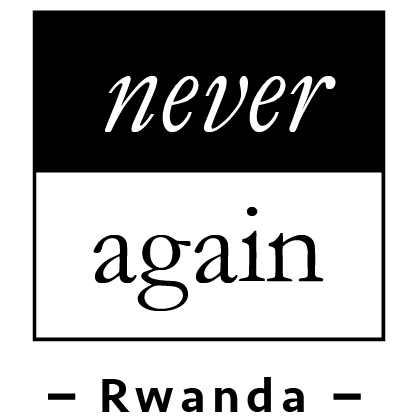As 2019 ended, we eagerly welcomed 2020 with activities and plans to continue our work in various sectors, especially peacebuilding. No one thought about the interruption of coronavirus, paralyzing the entire world, just in the first quarter of the year.
Threat
The COVID-19 pandemic has turned our world upside down, challenging nations, organizations and individuals in ways we never imagined. As COVID-19 raged on, countries rapidly adopted measures to track the spread and virulence of the pandemic. People had to learn to stay home and physically distance, actions that bore other issues like gender based violence, anxiety and mental distress. Countries had to restrict travel and close borders, which also affected the movement of peacekeepers and aid, potentially intensifying conflicts. Additionally, due to the lockdown, businesses and organizations were severely affected in terms of dire impact on revenues, limited or no funding and huge impact on human resources among so many others.
Chance
Just like there have been challenges, there have also been unexpected benefits and opportunities. We often hear the old adage that in challenge there is opportunity. Although the world is still very much in the dark on the medical side and that makes it very hard to have faith, let us turn the spotlight to things that are hopeful for peace building, in the face of the present crisis.
On March 23, when the coronavirus was beginning to seize the world, Antόnio Guterres, the Secretary-General of the United Nations, issued a call for a global ceasefire. His call was echoed by Pope Francis and others, in a bid to shelter the countries and territories that have been so weakened by violence and conflict, as they would be especially vulnerable to the pandemic. To general surprise, many armed groups around the world appeared to be listening and they downed their weapons. The National Liberation Army (ELN) in Colombia, which has been trying to “liberate” the country for 50 or so years, declared a ceasefire on March 30. So did the New People’s Army (NPA) in the Philippines, a communist guerrilla group that has been in the field since 1969. A faction of the Sudanese People’s Liberation Army-North (itself a breakaway from the SPLA) also called a unilateral ceasefire. Although temporarily, the people in those affected regions got a chance for peace. An opportunity that could lead to lasting peace, as the armed groups indicated that they were open to talks with the governments they were fighting. Hope for these affected regions will stay in the hands of the governments having the will to negotiate.
Additionally, although climate disruption could have approached a point of no return, it’s key to note that the air has become cleaner, because there are fewer cars on the road and limited industrial activities due to the lockdowns. Emission-detecting satellite images have shown “huge declines in pollution. There have been many links connecting climate change and peace. The 2019 Global Peace index (GPI) concludes that changes in climate and resource availability tend to create or exacerbate tensions among affected populations. The 2019 GPI also emphasized that, if we want a more peaceful world, tackling climate change has to be part of the equation. The air being cleaner today doesn’t necessarily mean that we have conquered our struggle against global warming and climate change consequences, it means we have a chance for clean green transition after COVID-19. If the trend continues, the risks of conflict, displacements and instability that could have been caused by high exposure to climate hazards could, in the long run be eliminated.
Furthermore, as many peacebuilders were wondering how to convene, listen, dialogue, mediate, and empathize at a time when restrictions on physical connection were growing, a new energy to create digital initiatives was born. A group of alumni of our regional Peace Building Institute (PBI), having been fully equipped with the ideals and attitude of promoting peace in their societies, organized a platform to interact with each other about what young peace builders are doing in response to the situation in their different circumstances. They organized the conversation on the theme: ‘’Effects of COVID-19 on Peace building and the role young people can play in promoting peace and social cohesion.” This is one of the many digital initiatives that peacebuilders globally adopted to counter fear, misinformation, stigma, mental distress and violence, which provides a chance to promote and spread the message of peace to more people than our individual programs and projects.
Therefore, the crisis has provided opportunities to advance peace, from ceasefires, local aid, cleaner air and community-led peace building initiatives, as well as the chance to work and reconnect as a global community. As peacebuilders globally work to adapt their programs and projects to integrate COVID-19 response, it is safe to say that the pandemic has heightened our understanding that we must work together. If countries unite on all fronts now as well as in the aftermath of the crisis, then peace has a chance.
By Dr. Joseph Nkrunziza Ryarasa
Public Health Practitioner and CSO expert


